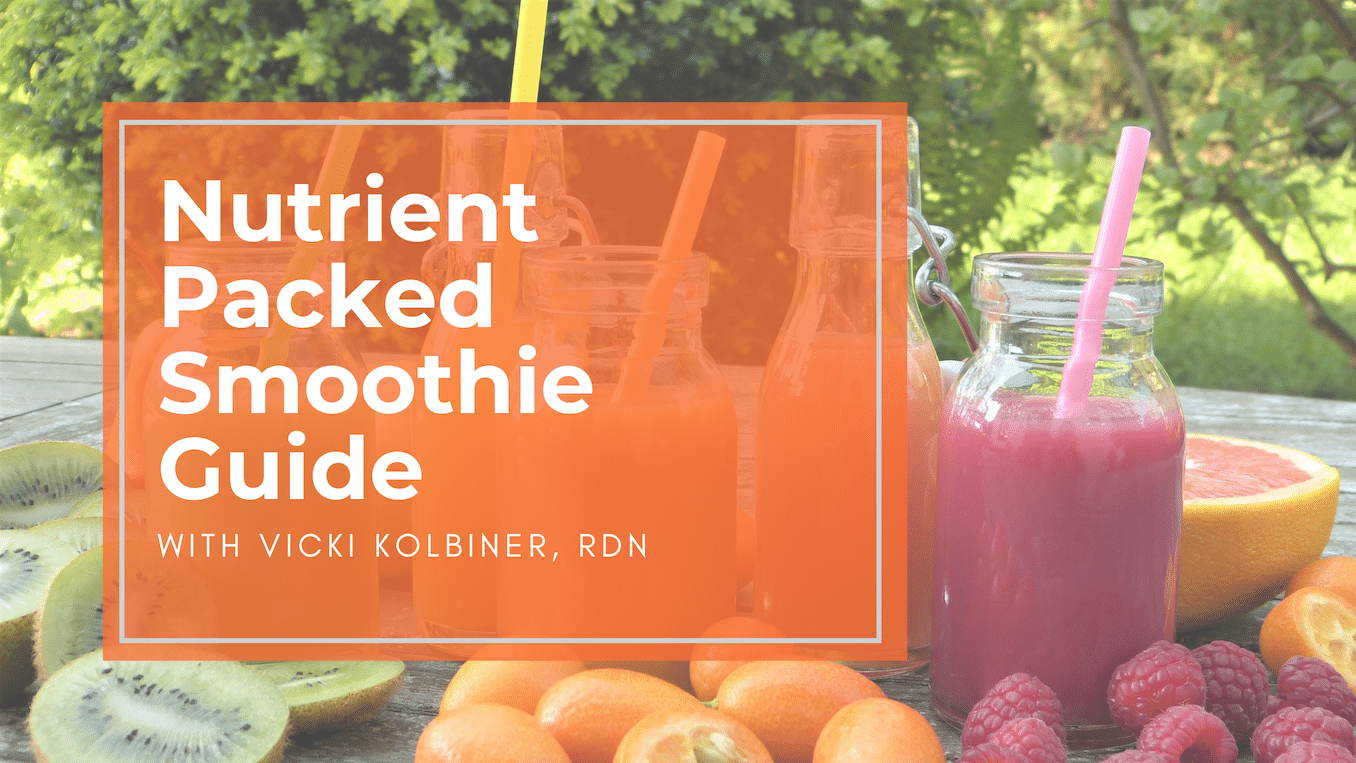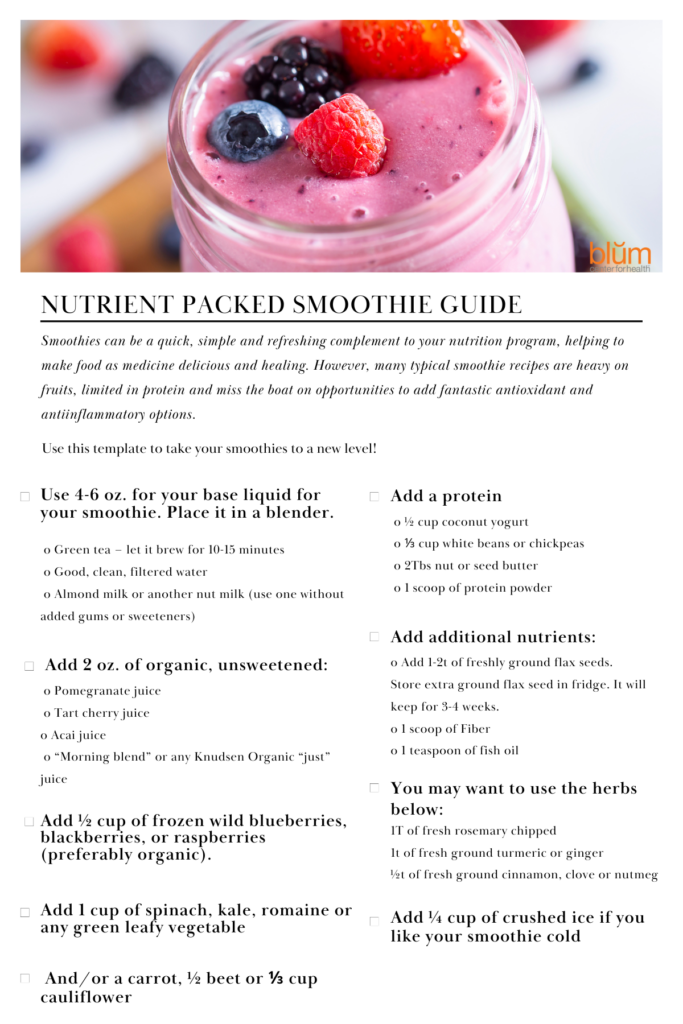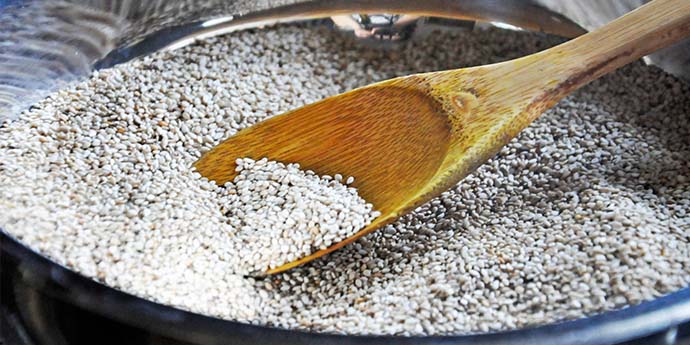
Heart disease is the most frequent cause of death in the United States. We have not outgrown it, or cured ourselves as a nation, even though cholesterol medication has been the number one most prescribed drug in the United States. For women, the data is even more startling. After menopause, heart disease is the #1 killer of women. While we all get our annual mammograms to prevent breast cancer, most women after menopause don’t realize that they need to be focusing as well on their annual evaluation for prevention of heart disease.
Here are some details about this risk, which is related to “missing” the benefits of estrogen:
Young women who have early surgical menopause (they had their ovaries removed) have a higher risk for heart disease independent of conventional risk factors
In the cardiovascular system, studies show that Estradiol reduces:
- Inflammation in injured arteries
- Oxidative stress in arteries and vascular smooth muscle cells
- LDL oxidation (which increases the risk of plaque)
- Insulin resistance,
- Cardiac hypertrophy (thickening of heart muscle)
- Blood pressure by increasing vasodilation in vascular endothelium, helping reduce blood pressure.
Given this information, it appears that after menopause, women lose the protective effects of estrogen that they have enjoyed until that time. The questions now become, does estrogen replacement reduce CV risk? And if it does reduce CV risk, is the risk/benefit a net positive?
The results of studies have been mixed. Observational evidence has suggested that there might be a protective effect of menopausal hormone therapy on coronary heart disease; however, the WHI and other trials of menopausal hormone therapy have not demonstrated such an effect. And so it appears the jury is still out on this one. Regardless of whether you take hormone therapy or not after menopause, it’s critical that you have your risk of heart disease assessed by a knowledgeable clinician.
HOW TO ASSESS RISK OF HEART DISEASE
Because we truly don’t know who is at risk for a heart attack based simply on family history, or blood pressure, or cholesterol levels, it’s critical that you understand how to be properly evaluated.
To prove this point, a recent July 2024 article by Faridi et al, adults ages 40-65 without any traditional risk factors (hypertension, diabetes, medications for hypertension or diabetes, tobacco use) found that even in these low risk people, almost 40% had plaque in their arteries (atherosclerosis) present on coronary CT angiogram, and 25% had calcifications on a coronary artery calcium scan. Even in individuals with optimal risk factors, which is to say BP <120/<80, fasting blood glucose <100, A1c <5.7%, BMI<25, healthy HDL and triglycerides and no tobacco use, 21% of participants had coronary plaque detected.
Many clinicians determine your risk for heart disease by using a 10-year calculator that adds together all the above risk factors. This is often how a decision is made about whether to start you on a statin (medication for lowering cholesterol). However, I hope this paper has now convinced you (like it convinced me) that you need further risk assessment beyond vitals signs and basic blood markers for a complete picture. This often includes imaging and more advanced lipid testing.
THE BEST TESTS TO CHECK YOUR HEART HEALTH BEFORE OR DURING MENOPAUSE
At Blum we frequently use the following tests to really know the status of your coronary arteries and thus your risk for heart disease and heart attack:
- Imaging recommended after menopause (or sooner for high risk patients): CT Calcium score as initial screening; followed by CT Angiogram with Cleerly if indicated
- Advance blood testing for lipids and oxidative stress.
- Cutting edge genetic testing to help us personalize treatment, for example:
- 16% of people carry polymorphisms (genetic variants) in the CDKN2A (9p21) gene which leads to increased calcification in the arteries
- Polymorphisms in the IL1RL1 and IL33 genes can combine to lead to a 2 to 5-fold increased risk in coronary artery disease, in addition to increased risk for hypertension, due to the body’s decreased ability to stop inflammation and fibrosis.
Knowing all of this, some people avoid doing the testing because they are worried about the side effects of taking a statin, which is the common treatment after discovering some of these high risk issues. To be clear, statins are highly effective in lowering LDL, reducing plaque and lowering one’s risk for atherosclerotic heart disease. However, in some people, they can also cause myalgias, raise glucose, and elevate liver enzymes, in some people. The fantastic thing about medicine today is that even if these side effects occur for you, and are intolerable or undesirable enough to prohibit statin use, multiple other oral and injectable therapies are available such as PCSK-9 inhibitors, ezetimibe, and bempedoic acid, not to mention the exercise and lifestyle patterns we can recommend. I encourage you to get evaluated, and then we can figure out together where to go from there and which approach is best for you.
THE OZEMPIC REVOLUTION
One of the more interesting recent options we have for treating or preventing heart disease are GLP1 receptor agonists, or the Ozempic family of medications. We now have evidence that GLP1s like Ozempic lower the risk of heart attack, stroke, and cardiovascular death in patients who are overweight or obese. We know that GLP1 receptors are located in multiple organs, including heart muscle cells (cardiomyocytes). We are learning all the ways that these medications can help reduce your risk of heart disease, outside of their glucose lowering and weight loss effects, all of which suggests we may start using this for primary prevention in the right cardiovascular patient someday.
Here are just some examples of what we are learning. GLP1’s have been found to:
- Have a direct effect on the cardiomyocytes, improving their ability to use glucose for energy, and inhibiting apoptosis (cell damage and death).
- Stimulate the lining of blood vessels to produce nitric oxide, thereby lowering blood pressure.
- Lower lipid levels
- Reduce blood clots by having anti-atherothrombotic properties
- Reduce oxidative stress (the free radicals that run around your body causing damage to cells and blood vessels)
I hope this overall message feels optimistic, because coronary artery disease is preventable with the right therapies. At Blum Center for Health, the Proactive Heart Health Program is designed specifically for us to consider each person’s individual cardiac risk and come up with a plan to keep your heart healthy. We look forward to helping you choose the best approach to protect your health.
Dr. Jane Andrews is a Functional Medicine doctor with a background in internal medicine physician doing both inpatient and outpatient clinical medicine for 12 years prior to joining Blum Center. Dr. Andrews received her MD from the Johns Hopkins School of Medicine, her MPH at Johns Hopkins School of Public Health with a concentration in biostatistics and epidemiology, and is a graduate of the NIH-funded Predoctoral Clinical Research Training Program. She completed residency at Tulane University and was faculty at Tulane, followed by Yale School of Medicine, and finally at UT Health where she was an Associate Professor.
Citations:
https://pmc.ncbi.nlm.nih.gov/articles/PMC10739421/ https://www.jacc.org/doi/10.1016/j.jacadv.2024.101049 https://pubmed.ncbi.nlm.nih.gov/39116093/
Xiang D, Liu Y, Zhou S, Zhou E, Wang Y. Protective Effects of Estrogen on Cardiovascular Disease Mediated by Oxidative Stress. Oxid Med Cell Longev. 2021;2021:5523516. Published 2021 Jun 28. doi:10.1155/2021/5523516
Rosano GM, Vitale C, Marazzi G, Volterrani M. Menopause and cardiovascular disease: the evidence. Climacteric. 2007 Feb;10 Suppl 1:19-24.
Menazza S, Murphy E. The Expanding Complexity of Estrogen Receptor Signaling in the Cardiovascular System. Circ Res. 2016;118(6):994‐1007. doi:10.1161/CIRCRESAHA.115.305376










